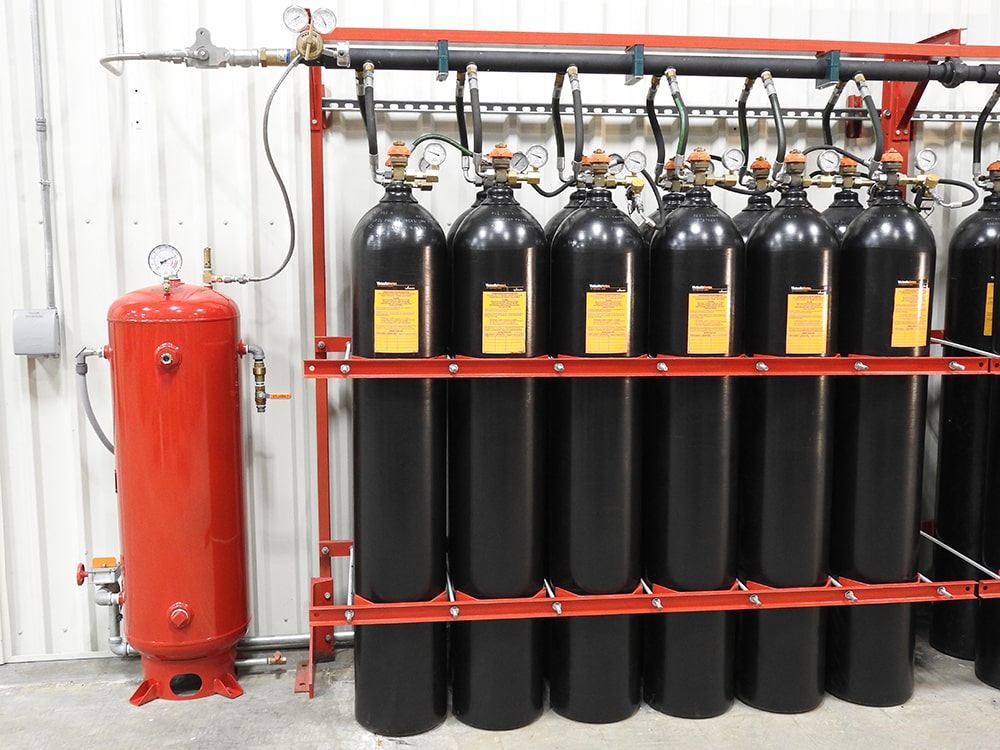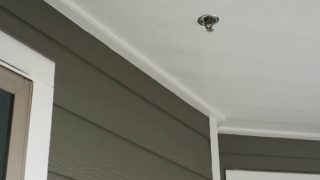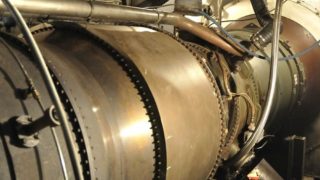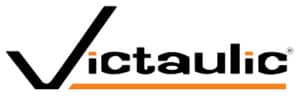Posted on July 14, 2020
NFPA publishes more than 300 consensus codes and standards intended to minimize the possibility and effects of fire and other risks. These codes and standards are administered by more than 250 Technical Committees around the world. Coming summer 2020, they will be releasing NFPA 770 on Hybrid (Water and Inert Gas) Fire Extinguishing Systems. Here’s what you need to know about NFPA 770:
What is NFPA 770 on Hybrid (Water and Inert Gas) Fire Extinguishing Systems?
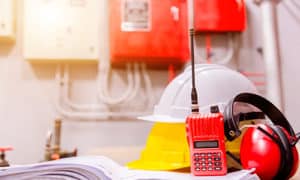
NFPA 770 is the first-ever Standard on Hybrid (Water and Inert Gas) Fire Extinguishing Systems. NFPA 770 standard is prepared for the use and guidance of those charged with the purchasing, designing, installing, testing, inspecting, approving, listing, operating, or maintaining of hybrid fire-extinguishing systems, in order that such equipment will function as intended throughout its life. This standard contains the minimum requirements for the design, installation, acceptance, inspection, testing, and maintenance of hybrid fire-extinguishing systems that use a combination of atomized water and inert gas to extinguish fire. This standard will be in the 2021 Edition. Watch Bob Ballard, Fire Protection Technology Manager, give an overview of the newly developed NFPA 770.
Why was it created?
NFPA 770 was created because hybrid fire extinguishing systems were not yet supported through current standards. Previously, there were two standards that covered similar types of fire suppression systems – NFPA 750 for mist and NFPA 2001 for clean agents. Victaulic’s engineers invented a way to produce smaller water droplets by combining nitrogen into the equation. The Victaulic Vortex system design exceeded the scope of both standards. NFPA recognized they needed a new document to cover hybrid fire extinguishing systems.
What are examples of suitable applications under NFPA 770 on Hybrid (Water and Inert Gas) Fire Extinguishing Systems?
Hybrid fire extinguishing systems shall be permitted to be used to extinguish Class A, Class B, and Class C fires in accordance with the listing or fire test data that is acceptable to the authority having jurisdiction. Typical applications include:
- Archives
- Libraries
- Museums
- Vaults
- Uninterruptible power supply (UPS) systems
- Cable ducts and false floors
- Glove boxes and other similar processing equipment
- Storerooms for flammable liquids
- Rooms for machines and technical equipment
- Turbines, combustion, steam, and hydroelectric
- Closed transformers and generators
- Pickling lines and other similar processes utilizing nonmetallic tanks
To learn more about the system that sparked a revolution, the Victaulic Vortex™ Hybrid Fire Extinguishing System, click here.
